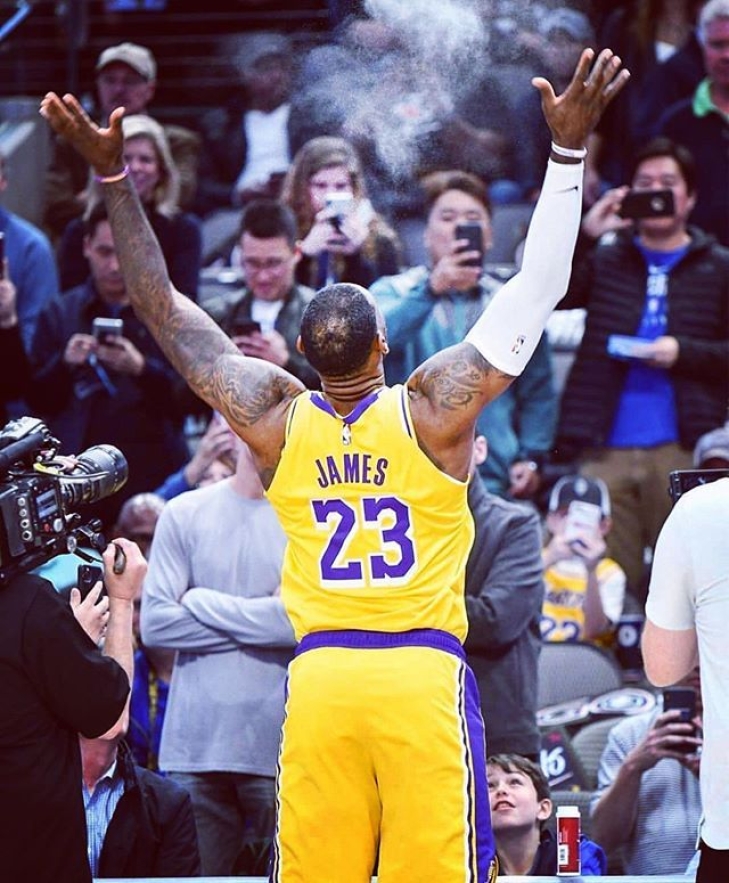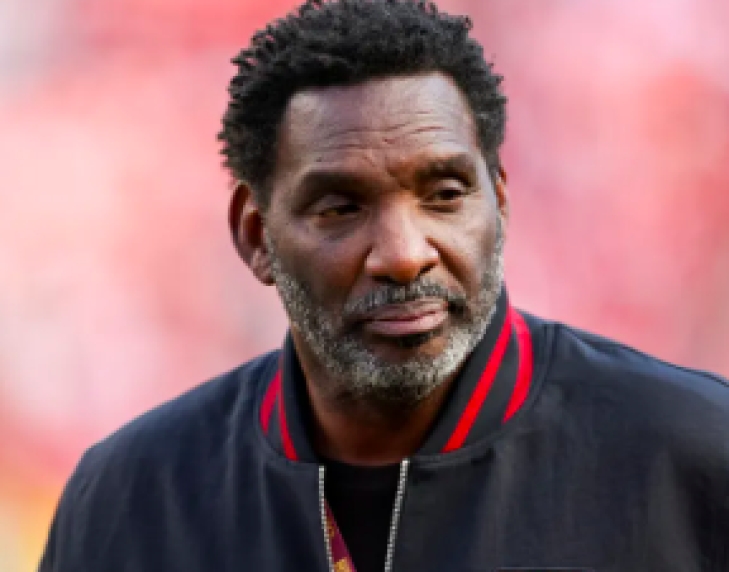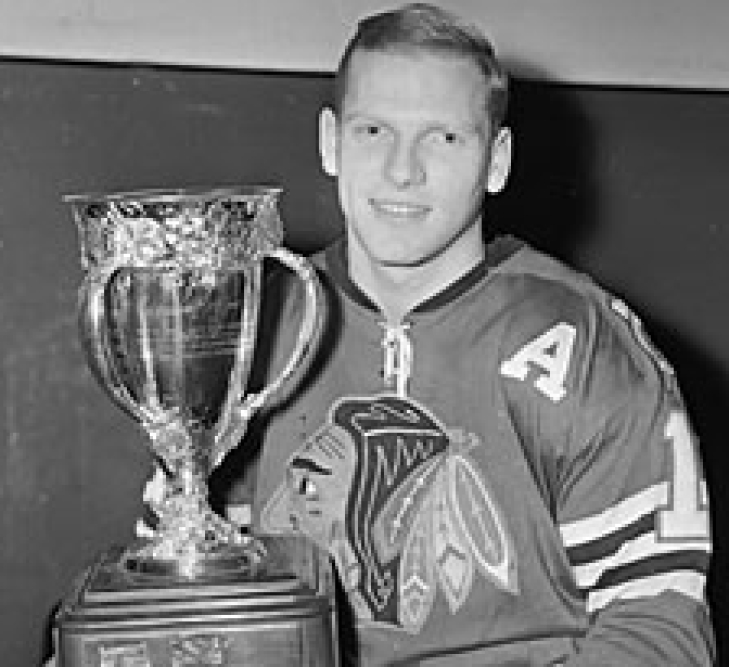
Committee Chairman
Our Basketball Hall of Fame Monitor of Active Players have been revised
We have a major update on our Notinhalloffame Basketball Hall of Fame Monitor, where we have now divided our Top 50 Active Players into five positional categories:
Point Guards
Shooting Guards
Small Forwards
Power Forwards
Centers
In each position, we utilize the average traditional and advanced statistics of the last five players who reached the Hall of Fame, but not their induction year, but rather the last five whose Peak Period occurred. This means that no Senior induction will be part of the average.
The statistical bars we are looking at are:
Games Played
*All-NBA
All-Star
**MVP
***All-Defensive
**Defensive Player of the Year
Points per Game
****Peak Period Points per Game
Total Points
****Peak Period Total Points
Rebounds per Game
****Peak Period Rebounds per Game
Total Rebounds
****Peak Period Total Rebounds
Assists per Game
****Peak Period Assists per Game
Total Assists
****Peak Period Total Assists
Steals per Game
*****Peak Period Steals per Game
Total Steals
****Peak Period Total Steals
Blocks per Game
****Peak Period Blocks per Game
Total Blocks
****Peal Period Total Blocks
Playoff Games
PER
****Peak Period PER
Win Shares
****Peak Period Win Shares
VORP
****Peak Period VORP
Conference Championships
NBA Championships
*All-NBA have weighted points. 3 for the First Team, 2 for the Second Team, and 1 for the Third Team.
**MVP and Defensive Player of the Year have weighted points. 10 for 1st Place, 9 for 2nd Place, 8 for 3rd Place, 7 for 4th Place, 6 for 5th Place, 5 for 6th Place, 4 for 7th Place, 3 for 8th Place, 2 for 9th Place and 1 for 10th Place.
***All-Defensive have weighted points. 2 for the First Team, 1 for the Second Team.
****Peak Period is the best seven consecutive seasons by a player.
This will be updated at the end of the season.
We look forward to your input, and as always, we thank you for your support.
The Pro Football Hall of Fame Names its nine Contributor Semi-Finalists
Can we again tell you how much we love this time of year?
The Pro Football Hall of Fame has announced the Semi-Finals from a field of 25 compiled from a recent reduction vote. The Committee will meet virtually on November 12 and select one Finalist who will put forth one finalist for the full Selection Committee.
The names considered are:
Bud Adams. Adams was the owner and founder of the Houston Oilers, where his team won the first two AFL Championships. Instrumental in forming the AFL, he was Adams was also impactful in the AFL’s merger with the NFL. He owned the team for 54 years until he died in 2013.
Ralph Hay: Hay owned the Canton Bulldogs from 1918 to 1922 and catalyzed the National Football League in 1920 when he organized multiple clubs to meet at his car dealership in Canton, Ohio.
Bucko Kilroy: Kilroy worked in player personnel and scouted for Philadelphia, Washington, and Dallas. He would later be an executive for New England, where he was their General Manager (1979 to 1982) and Vice President (1983 to 1993).
Robert Kraft: Kraft has owned and run the New England Patriots since he bought the team in 1994. His teams have won six Super Bowls, and he has served on multiple owner’s committees.
Art Modell: Modell owned the Cleveland Browns from 1961 to 1995 and relocated the team to Baltimore, where the Ravens won a Super Bowl.
Art Rooney Jr.: Rooney Jr. has worked for the Pittsburgh Steelers in some capacity since 1961 and is currently their Vice President.
Seymour Siwoff: Siwoff was the Owner and President of Elias Sports Bureau, the official statistician of the NFL.
Doug Williams: Williams made history as the first black Quarterback to start and win a Super Bowl, and he is credited for creating opportunities for other black QBs. He also was the co-creator of the Black College Football Hall of Fame.
John Wooten: Wooten was the Director of Pro Scouting for Dallas from 1975 to 1991 and would later work in similar capacities for Philadelphia and Baltimore. He has two Super Bowl rings.
Roone Arledge, Chris Berman, Howard Cosell, Otho Davis, John Facenda, Mike Giddings, Don Klosterman, Eddie Kotal, Virginia McCaskey, Rich McKay, John McVay, Leo Remmel, Eddie Robinson, Jerry Seeman, Amy Trask and Jim Tunney.
We congratulate the candidates who have made it to this stage.
RIP: Bill Hay
Hockey Hall of Fame inductee Bill Hay passed away at 88.
From Saskatchewan, Hay played eight seasons in the NHL, all with the Chicago Black Hawks, where he was the 1960 Calder Trophy winner and helped his squad win the 1961 Stanley Cup. As a player, Hay scored a respectable 386 Points in 506 Games.
Following his playing career, Hay entered the oil business, but the lure of hockey brought him back. He served as the President and CEO of Hockey Canada and was the head of Hockey Canada. Hay also was a past voter for the Hockey Hall of Fame.
Hay entered the Hockey Hall of Fame as a builder in 2015, joining his father, Charles, who was also inducted as a builder (1974).
We here at Notinhalloffame.com would like to extend our condolences to Bill Hay's fans, friends, and family.
The Role of Popular Culture in the Evolution of Sports and Entertainment
Over the past few decades, sports and entertainment have become deeply intertwined with popular culture, influencing each other in ways that have reshaped both industries. The rise of global sports icons, the explosion of streaming platforms and the blending of traditional sports with e-sports and other forms of entertainment have shifted how fans experience their favourite pastimes. Let’s see how popular culture has driven this evolution and what it means for the future of both sports and entertainment.
The fusion of sports and popular culture
Sports have always been a key part of cultural identity but, over time, the lines between sports and entertainment have blurred. Historically, athletes were seen as representatives of skill and physical prowess, but today they are as much a part of pop culture as musicians, actors and social media influencers. This shift has expanded the influence of sports beyond stadiums and arenas, embedding it into fashion, music and even digital platforms.
Athletes like Michael Jordan, Cristiano Ronaldo and Serena Williams have transcended their respective sports, becoming global symbols of success, dedication and style. Their visibility has been amplified by endorsements, appearances in films and even the development of personal brands that influence everything from sneaker trends to charity movements. In the 1990s, for example, Michael Jordan’s collaboration with Nike to create the Air Jordan sneakers changed the landscape of both sportswear and street fashion, demonstrating the power of this fusion.
At the same time, movies, TV shows and video games have brought sports to a wider audience. Films like Rocky, Space Jam, or more recently Creed not only celebrate the athletic pursuit but also play into broader cultural narratives about personal triumph and social justice.
The rise of new sports platforms
But another significant factor in this evolution is the shift from traditional broadcasting to digital and streaming platforms. Services like Netflix, Amazon Prime and YouTube, for example, have changed the way that people consume sports and entertainment, offering both live events and in-depth behind-the-scenes content. Documentaries like The Last Dance or Drive to Survive have become massive cultural phenomena, shedding light on the personal lives of athletes and the intense drama behind their successes and failures.
These platforms have also democratized sports, making niche events and lesser-known competitions accessible to a global audience. This has fueled the growth of sports like mixed martial arts (MMA), which gained popularity partly due to its exposure on platforms like YouTube. By merging reality TV elements with traditional sports narratives, MMA shows like The Ultimate Fighter brought drama and competition together, drawing in both hardcore fans and casual viewers.
Technology and virtual reality in sports and entertainment
Continuous technological progress is further transforming the intersection of sports and entertainment. Virtual reality (VR) and augmented reality (AR) are just beginning to offer fans immersive experiences that were once unimaginable. Through VR headsets, fans can now watch games from the perspective of players, virtually attend matches in real-time or even "sit" courtside from the comfort of their homes, just as they already can do when entering digital casino rooms and playing online slots simultaneously with other passionate players, in an experience which mixes the traditional emotions of these places with the potentiality of new technologies.
At the same time, AR tools are enhancing in-stadium experiences by overlaying stats, replays and other interactive elements over the live action. This trend is likely to accelerate in the coming years as 5G technology improves, offering lower latency and higher bandwidth for real-time streaming and interactive experiences.
One particularly interesting area where this intersection of tech and culture can be seen is in the rise of eSports. Competitive gaming has transformed into a spectator sport in its own right, with millions of fans tuning in to platforms like Twitch to watch tournaments of games like League of Legends or Fortnite. The blend of sports, entertainment, and gaming culture has made eSports a growing force in the entertainment industry, with some predicting it could one day rival traditional sports in terms of viewership and revenue.
The future of sports and entertainment in the digital era
The relationship between sports and popular culture will continue to evolve as new technologies and platforms emerge. The rise of the metaverse - a collective virtual shared space - may further blur the lines between sports, entertainment and gaming, offering fans entirely new ways to engage with their favorite sports and athletes.
As sports become more integrated with digital experiences, fan participation will likely grow. From virtual fan zones to interactive player interviews, the future promises to offer a seamless blend of live events, digital engagement and personalized experiences.
So, popular culture has not only expanded the reach of sports but has also transformed them into a multi-dimensional entertainment experience. Whether through virtual reality, eSports or online gaming, the future of sports entertainment is therefore poised to be more immersive, interactive and exciting than ever before.





